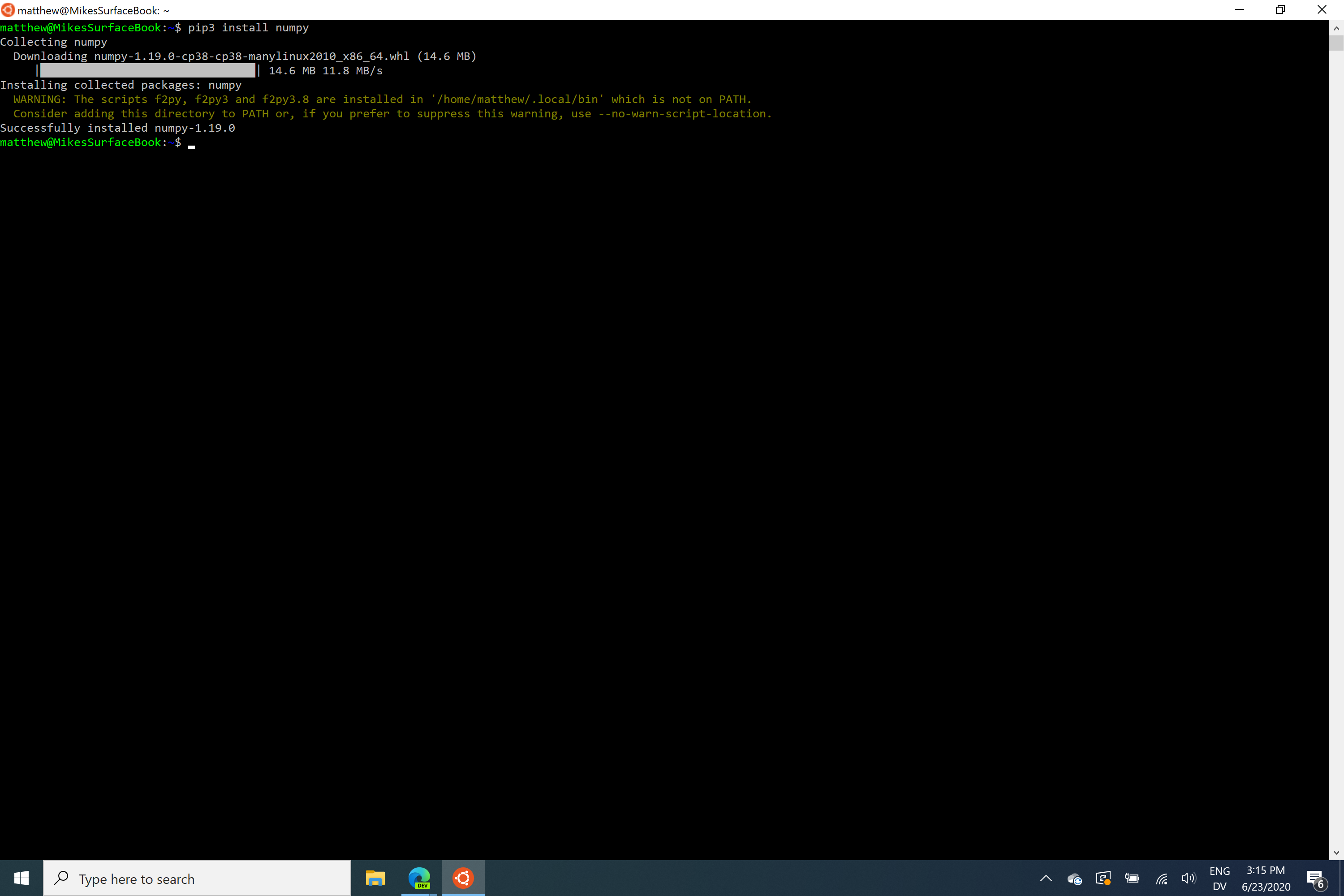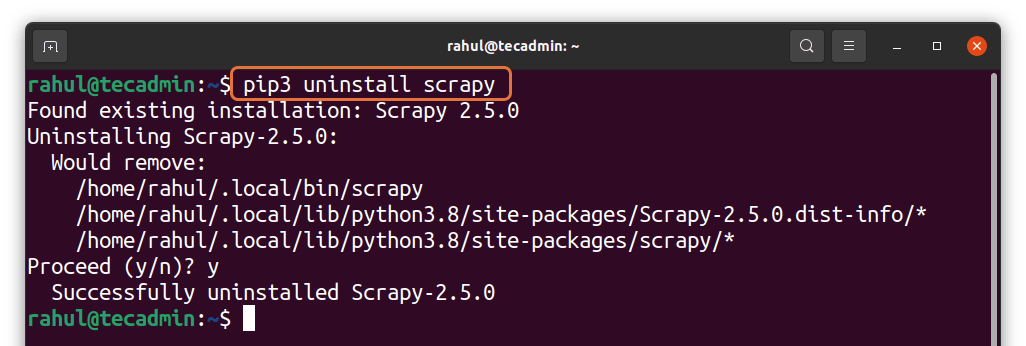
The Virtualenv module is also available for Python 3.4 and Python 3.6. Python 3.4 and 3.6 have this feature built-in, as seen from here from the official Python documentation. Python 2.7 does not incorporate virtual environments by default, however, there is a module to handle this called Virtualenv. One option python offers to manage this is the usage of Virtual Environments which contain everything needed to run the program inside of your virtual environment directory. When working on many different python programs you may run into issues regarding conflicts between modules that you have installed. īy default, Python packages installed locally on each system will be stored in one of the following directories, depending on which version of python packages you are looking for: Note: ~ is your home directory location, also equivalent to $HOME. Location of installed Python packages through Pipīy default Python packages installed through pip using the '-user' flag will be stored in one of the following locations in your home directory, depending on which version of python you installed the package for:

NOTE: You will be unable to upgrade packages installed locally on the system.
#Pip3 remove package install#
#Pip3 remove package update#
If you wish to update a Python module you can do so with the '-upgrade' flag Confirm this action by typing ‘y' then Enter key.

This example will install the flask package. If we want to remove packages related to the Python2 we can use the same command for the pip2 command like below.To install a package use the command '$PIP install -user ' where $PIP is the Pip Version command in the above table.Flask is a package used for front-end Python web-development. In this example, flask will be installed and uninstalled. Note: The command python3 and pip3 currently map to python3.6 and pip3.6, respectively.


 0 kommentar(er)
0 kommentar(er)
